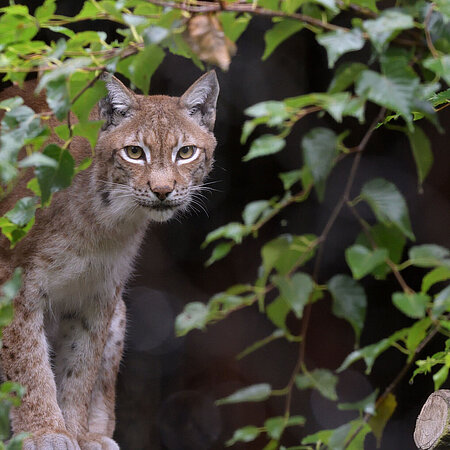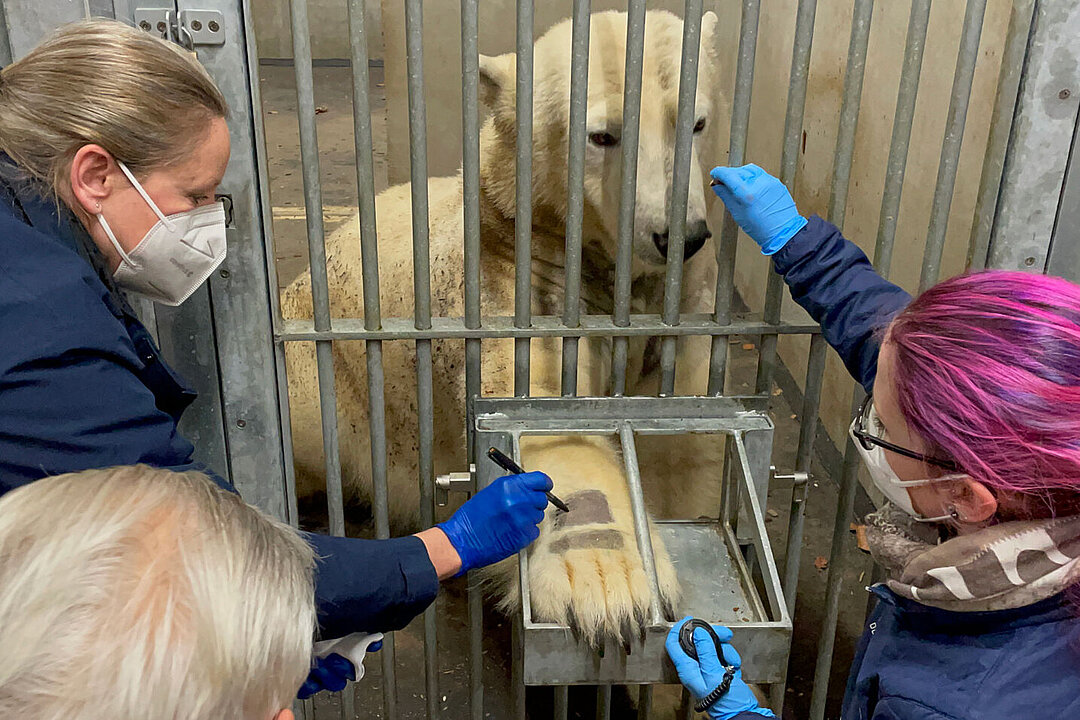Research and science
A pillar of zoo biology

A pillar of zoo biology
Research is one of the key objectives of a modern scientifically-led zoo. With impressive inventories and expert knowledge of working with animals, zoos offer great potential for scientific studies on a wide range of species under controlled conditions. This enables researchers to conduct investigations that would otherwise be difficult or impossible in the wild.
Systematic data collection on the animal residents is an integral part of the work carried out by a scientifically-led zoo. At Hellabrunn, information on all animals is recorded in a global database called the Zoological Information Management System (ZIMS), which allows zoos around the world to share data. ZIMS records, which hold valuable information for the conservation of endangered species, such as sexual maturity, the number of offspring and life expectancy. This data is managed and scientifically analysed by the organisation Species360.
Genetic and demographic studies of populations - both in zoos and in the wild - are also considered important data, which is used, for example, to determine which individuals make the best breeding pairs when put together or to select the most suitable animals for reintroduction projects.
Knowledge gained in zoos can contribute significantly to the protection of endangered species in their natural habitats. Zoo animals can help test and improve new observation and detection technology, such as telemetry transmitters and camera traps, before they are used in the wild. They also enable scientists to collect a variety of samples, such as tissue samples or genetic samples, which can be used for analysis. A lot of this type of research work can only be carried out in a zoo setting.
